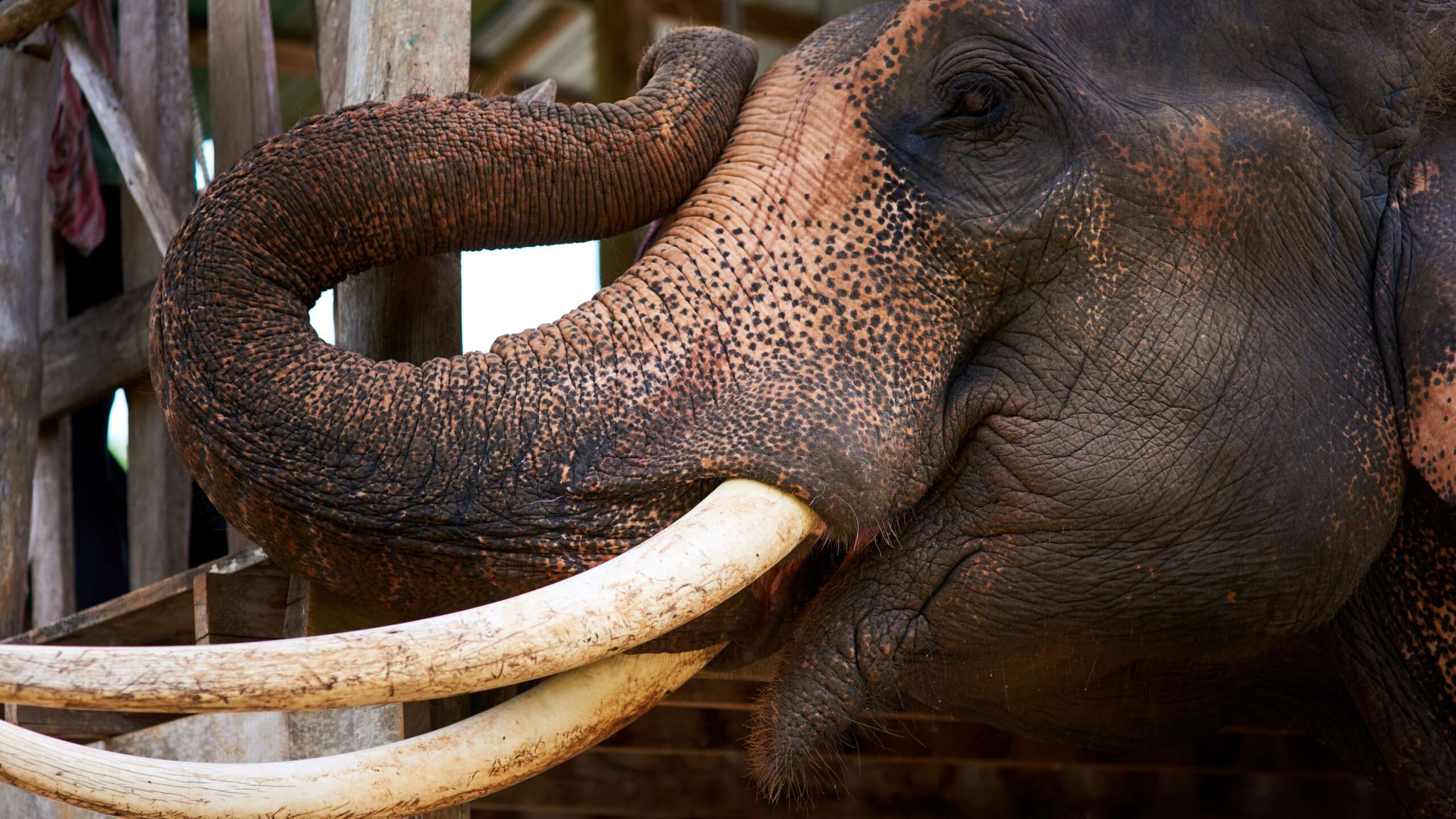
The Complex Social Structures of Zoo Animals
Many zoo animals live in social groups, which mirror the dynamics they would experience in the wild. Social animals, such as elephants, primates, and meerkats, form intricate hierarchies and relationships that are essential to their well-being. Zoos strive to replicate these social structures to ensure that animals can engage in natural behaviors, such as grooming, hunting, and bonding with their group members.
For example, elephants are known for their tight-knit family groups, with older matriarchs leading the herd. In zoos, elephants are often housed in multi-generational groups to allow them to establish strong social bonds and communicate using a range of vocalizations and body language. Observing these interactions provides a window into the emotional lives of animals and highlights the importance of maintaining their social needs in captivity.
Primates, too, live in highly structured social groups. Species like chimpanzees and bonobos rely on social interactions for grooming, foraging, and conflict resolution. In zoos, these animals are provided with opportunities to form alliances, play, and even display dominance. Understanding these social dynamics is crucial for zookeepers, as it helps them ensure the animals are mentally stimulated and healthy.

